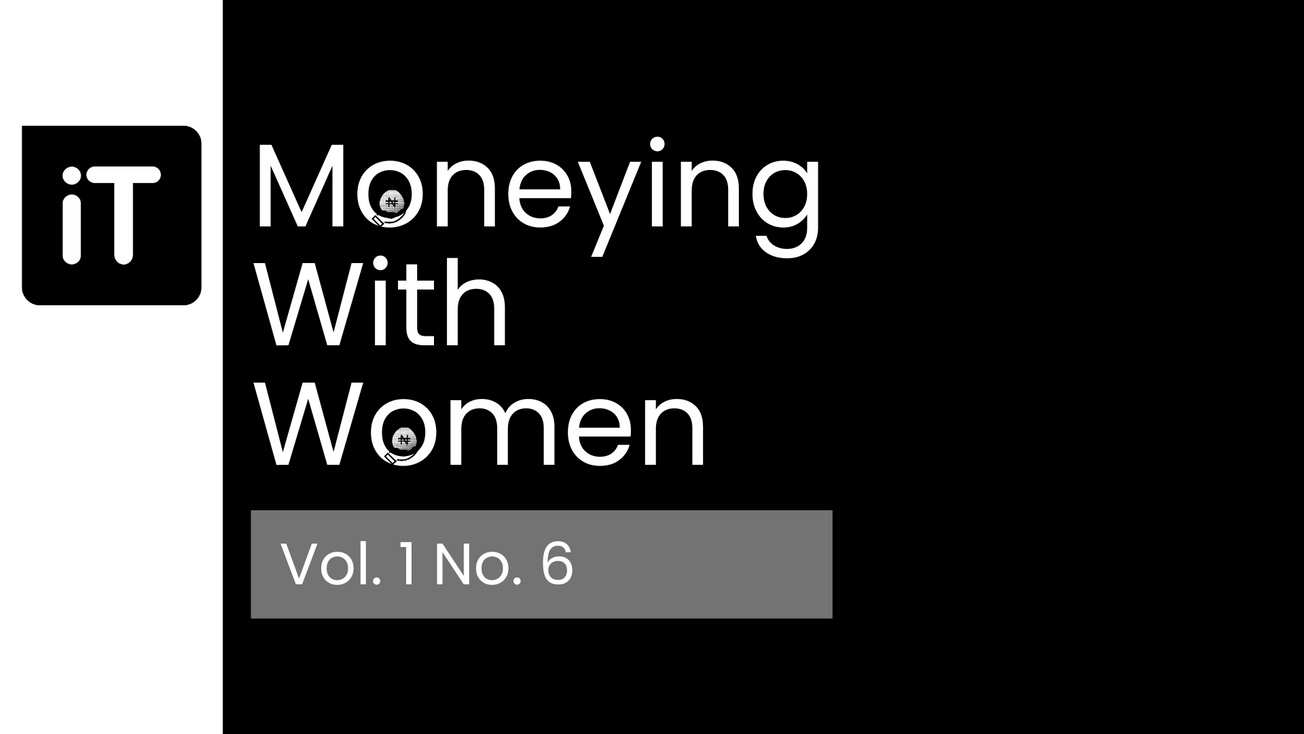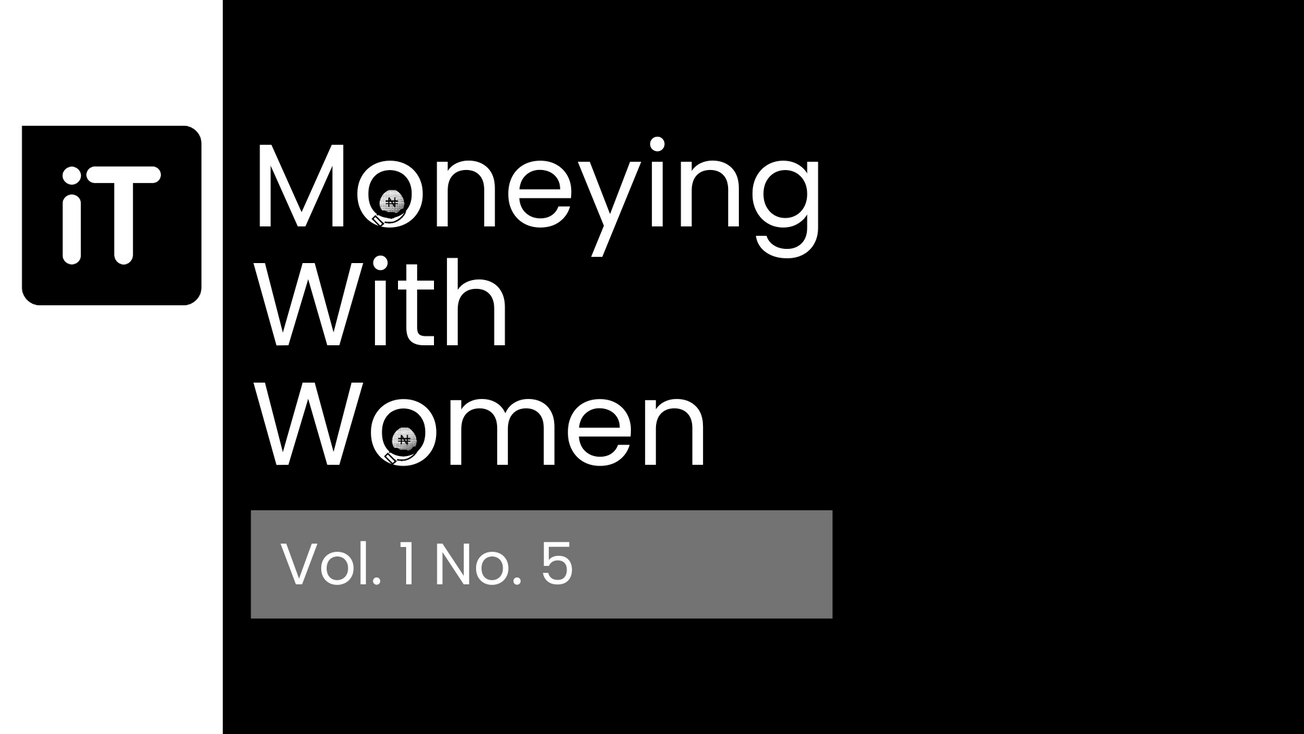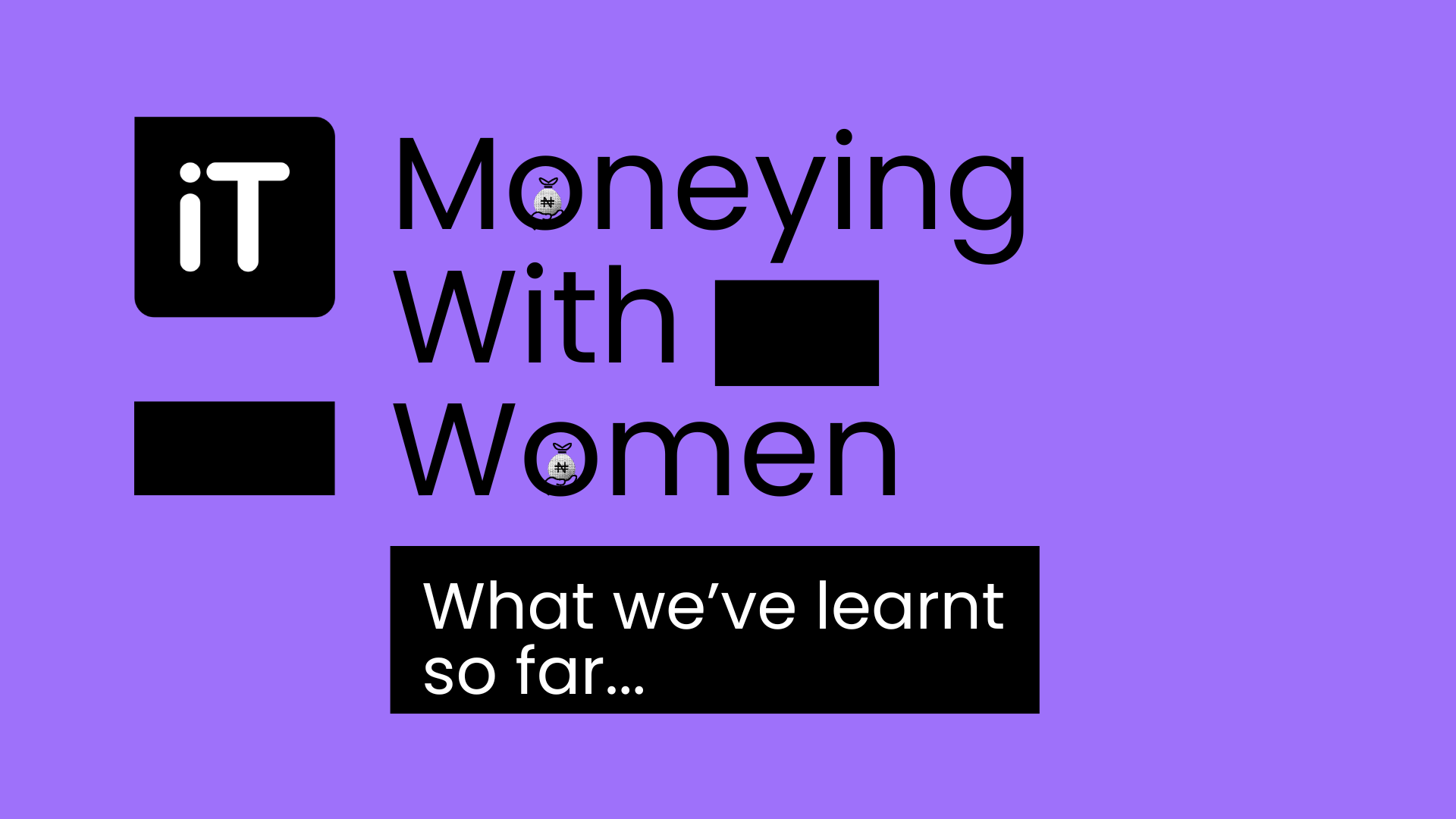The Gender Centre of Excellence (GCE), a project fiscally sponsored by Rockefeller Philanthropy Advisors (RPA), in collaboration with the Central Bank of Nigeria (CBN), conducted an in-depth analysis of the state of women’s financial inclusion in Nigeria and the ecosystem that supports it. To get a comprehensive overview of this body of work, it was broken down into two significant components in two new reports to include:
- Situational Analysis of Women’s Financial Inclusion in Nigeria: A report that provides an overview of the current state of women’s financial inclusion in Nigeria, where a series of key experts such as Regulators, Government, Incubators and Corporates, Donors and Investors, Banks and Microfinance Banks (MFBs) and Fintechs and Payment Service Banks (PSBs) were engaged in providing their insights. In addition, focus groups were held with women in northern Nigeria, where women’s financial exclusion is most prevalent, to add depth to the information gathered from market experts.
The publication assessed three major dimensions of financial inclusion to comprehensively understand the state of women’s financial inclusion in Nigeria. These include access to financial services, usage of financial services, and quality. Some practical steps outlined in the report that market participants can take include:
- Product design and differentiation:
Financial Service Providers (FSPs) can leverage research and human-centred design principles when designing for women. This could include design and prototyping with a sample of women to compare the outcomes before the product's launch.
- Consumer protection: Regulators and development partners can infuse consumer protection modules into financial literacy training to inform consumers of their rights and responsibilities with regard to their banking relationships.
- Economic empowerment: Government, donors, and development partners can combine efforts to promote economic empowerment with financial inclusion initiatives by incorporating income-generating programs for women in communities alongside financial inclusion interventions.
- Financial education: Policymakers and regulators can effectively address financial literacy from the outset by adapting public and government school curricula. This will include the basics of financial discipline, financial planning, and, in later stages, the rudiments of entrepreneurship. This approach should blend both theory and practice.
Furthermore, the report mapped out existing stakeholders, including relevant projects and initiatives (both public and private) to promote women’s financial inclusion in Nigeria. This is captured on the Nigeria Women’s Financial Inclusion: Stakeholder Map to serve as a repository of stakeholders addressing women's financial inclusion challenges in Nigeria.
The report also contains several identified case studies of global, regional, and national level approaches that are aimed at accelerating WFI in an effort to identify gaps in what is being done, as well as interventions that can be adopted to accelerate women’s financial inclusion in Nigeria.
Read the full report here and view the Stakeholder Map here.
2. The second component of the analysis carried out by the GCE, in collaboration with the Central Bank of Nigeria (CBN), is a Midline Evaluation of the Framework for Advancing Women’s Financial Inclusion in Nigeria (FAWFIN), a timely report that aims to understand the extent to which the FAWFIN is achieving its expected results and objectives and to unpack the key lessons learned thus far.
The evaluation relied on a series of key informant interviews with a range of stakeholders; these stakeholders included FAWFIN project staff, Community of Practice (CoP) members and Chiefs, Banks and other financial institutions, Fintechs, Incubators and Payment Service Banks (PSBs), Donors, Research, and Advocacy groups and Government bodies.
The interviews provided insights on how the framework has been implemented, its performance, the successes and challenges faced in implementing the framework, lessons learned, behaviour changes, and observations of unintended changes halfway through the implementation of the framework. Some insights include:
- Reduction in formally banked gender gap: Based on Bank Verification Number (BVN) data, the evaluation found that the gap in formally banked men and women has shrunk to 5% as of December 2021 from 12% in 2020 when the framework was launched.
- Increased attention on women's financial inclusion: Stakeholders agree that since the framework launch, there has been an increasing focus from FSPs on women's financial inclusion. This has included a range of initiatives and efforts to provide women with access to financial services and products, such as microloans, daily savings, and micro-insurance products.
- Improved service delivery channels for women, particularly agents and microfinance institutions. As a follow-up to FAWFIN, the gender desk and the CoPs have developed and launched a Strategy to Leverage Agent Networks for Women’s Financial Inclusion. According to the CBN, this is an offshoot of the framework for advancing women’s financial inclusion.
The report also provides recommendations developed to improve the delivery of the FAWFIN over the next two years of its implementation (2023-2024). These recommendations are focused on the framework’s design, implementation, monitoring, evaluation, learning, and partnerships for advancing women's financial inclusion.
Read the full report here.
This free publication is part of Inclusion Time's efforts to drive sustainable development across Africa and a part of our Corporate Social Responsibility










